
The Hidden Connection Between Ovarian and Breast Cancer

Ovarian and breast cancers are two of the most prevalent cancers in women—each affecting different organs, yet closely linked by genetics. Behind this link lies a powerful factor: mutations in the BRCA1 and BRCA2 genes.
According to the American Cancer Society, women diagnosed with breast cancer face twice the risk of developing ovarian cancer compared to the general population. This connection stems largely from inherited mutations that increase vulnerability to both diseases.
What the Research Reveals
-
BRCA1 mutation carriers face up to a 72% lifetime risk of breast cancer and as much as a 44% risk of ovarian cancer.
-
BRCA2 mutation carriers see slightly lower but still significant risks—69% for breast cancer and 17% for ovarian cancer.
These genetic mutations can be passed down from either parent, meaning a family history of either breast or ovarian cancer is a red flag—even if no relative has had both types.
Why Genetic Testing Matters
For women with a strong family history of these cancers, genetic testing can offer life-saving insight. Knowing your BRCA status allows you and your healthcare provider to create a personalized plan for early detection and prevention.
In families with multiple cases of breast or ovarian cancer, testing can help clarify the risks not only for you, but for future generations as well.
Other Shared Risk Factors
Beyond genetics, ovarian and breast cancer share other common risk factors:
-
Advancing age
-
Obesity
-
Never having children
-
Long-term hormone replacement therapy after menopause
Taking Control of Your Health
For high-risk individuals, preventive surgeries such as mastectomy (removal of breast tissue) or oophorectomy (removal of ovaries and fallopian tubes) may be considered to significantly lower cancer risk.
Ultimately, early awareness, genetic understanding, and proactive medical care are key to reducing your chances of developing these life-threatening diseases. With the right tools and information, women can take control of their health and make empowered decisions for a safer future.
News in the same category

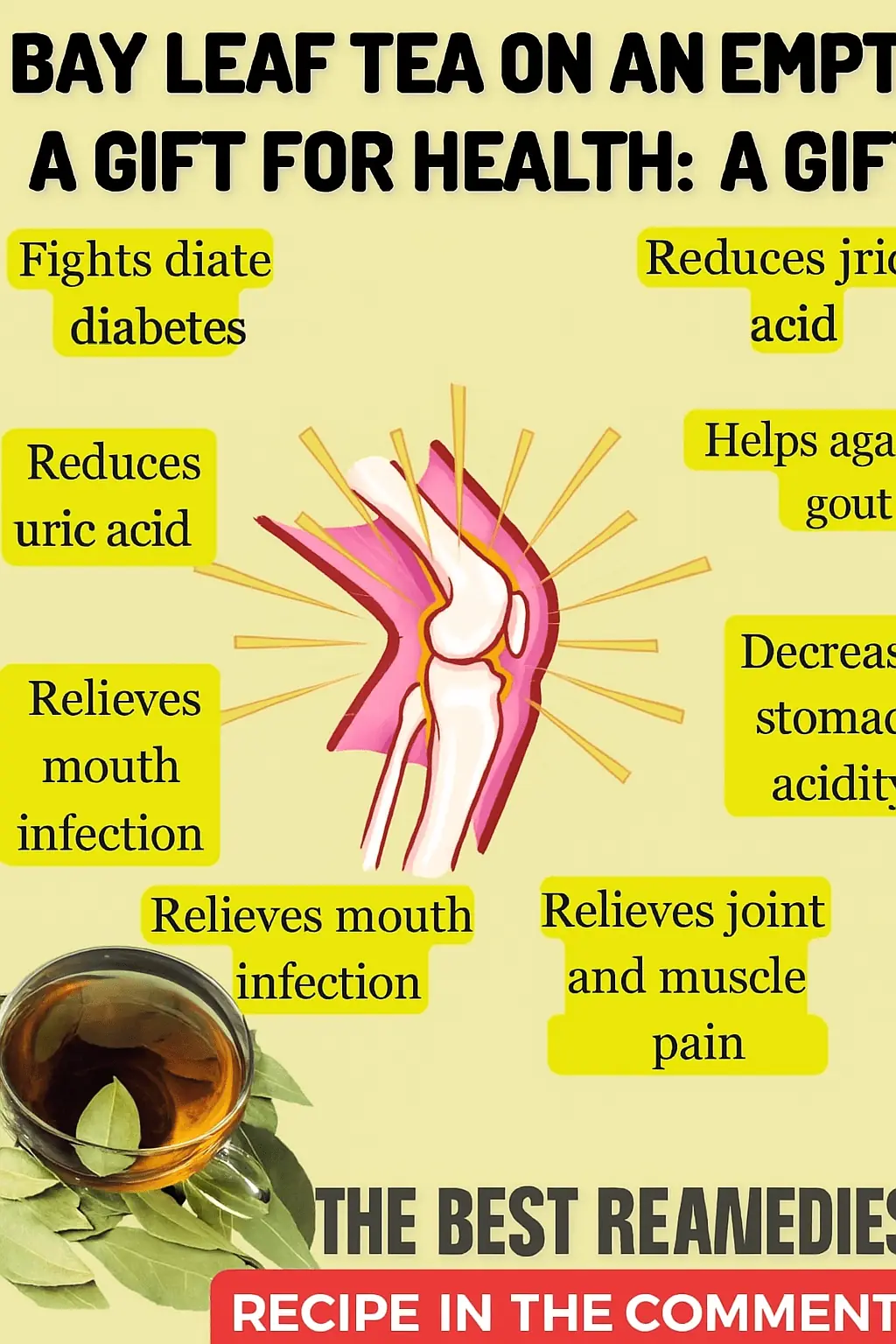
Health Benefits of Drinking Bay Leaf Tea on an Empty Stomach

Cancer May Be Painless at First, But These 8 Toilet-Related Signs Mean You Should See a Doctor Early – Don’t Ignore Them
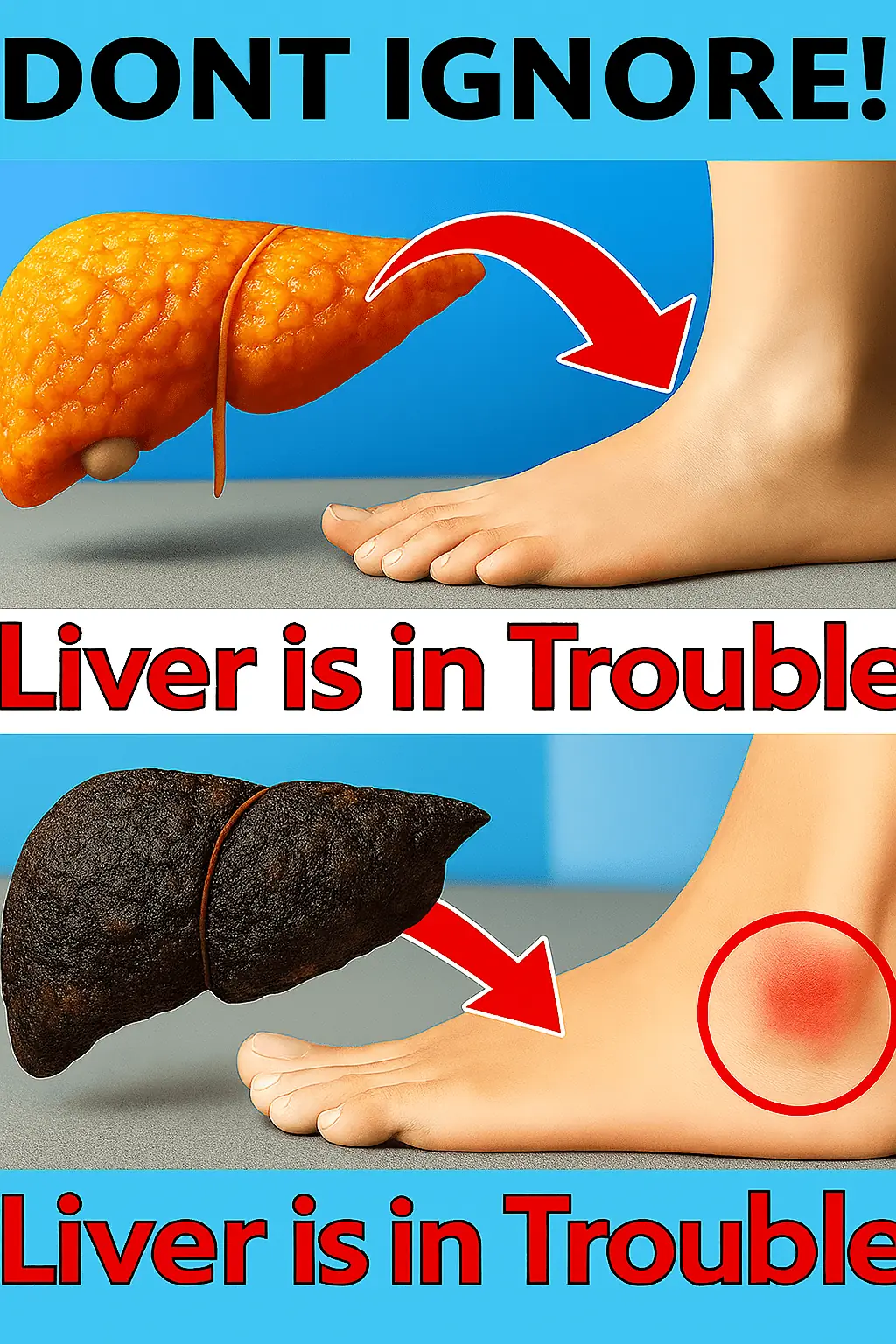
How Your Feet Are Warning You About Liver Problems: What You Need to Know

Vaseline & Coffee Erase Wrinkles Instantly! The 100-Year-Old Anti-Aging Secret You Need to Try!

8 "Friendly Enemies" of Diabetes – Snack Smart Without Spiking Blood Sugar!

Top Foods to Avoid After 60 for Better Health
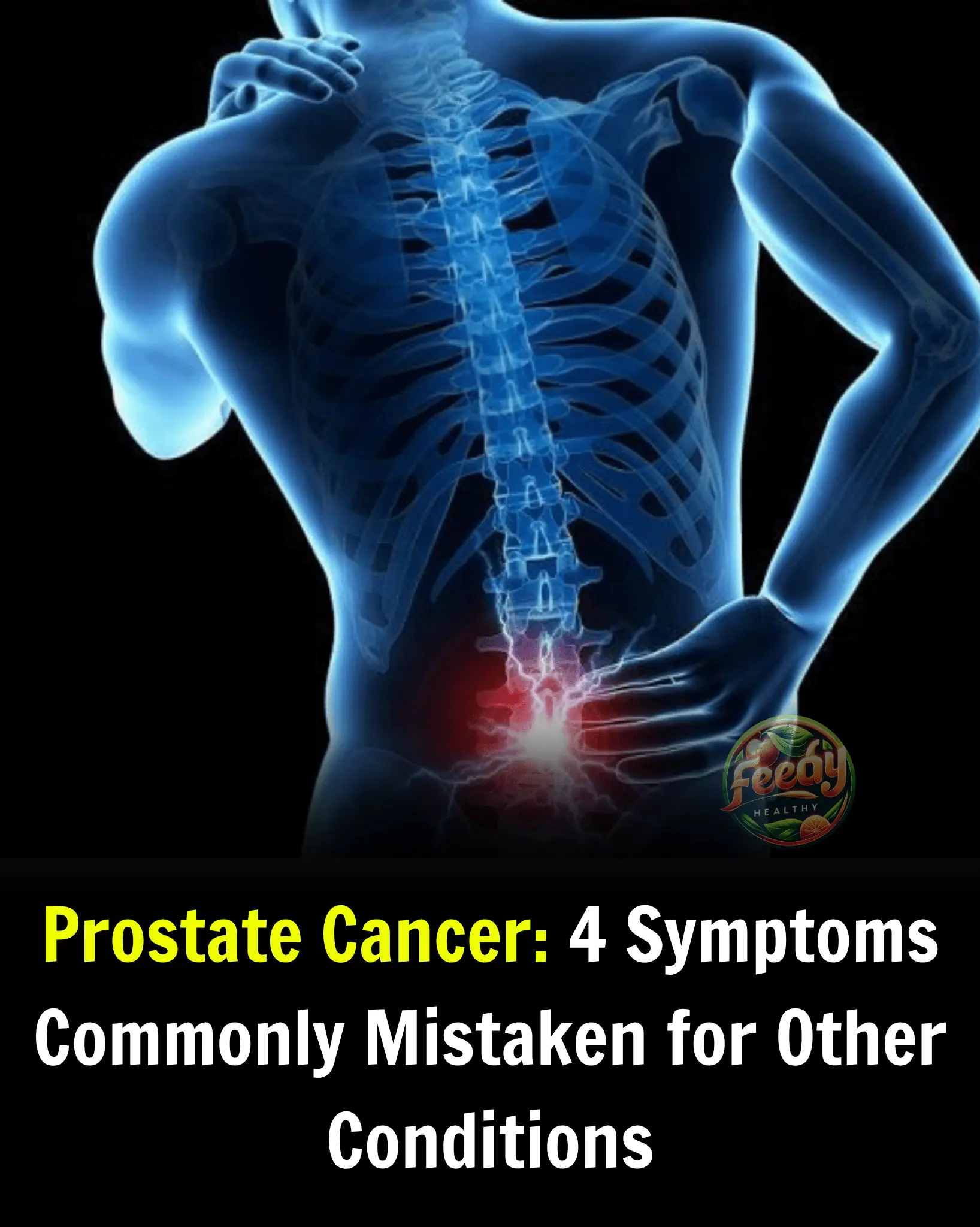
Prostate Cancer: 4 Symptoms Commonly Mistaken for Other Conditions

Busy Work Schedule: Is Sleeping Only 5–6 Hours a Night Harmful?
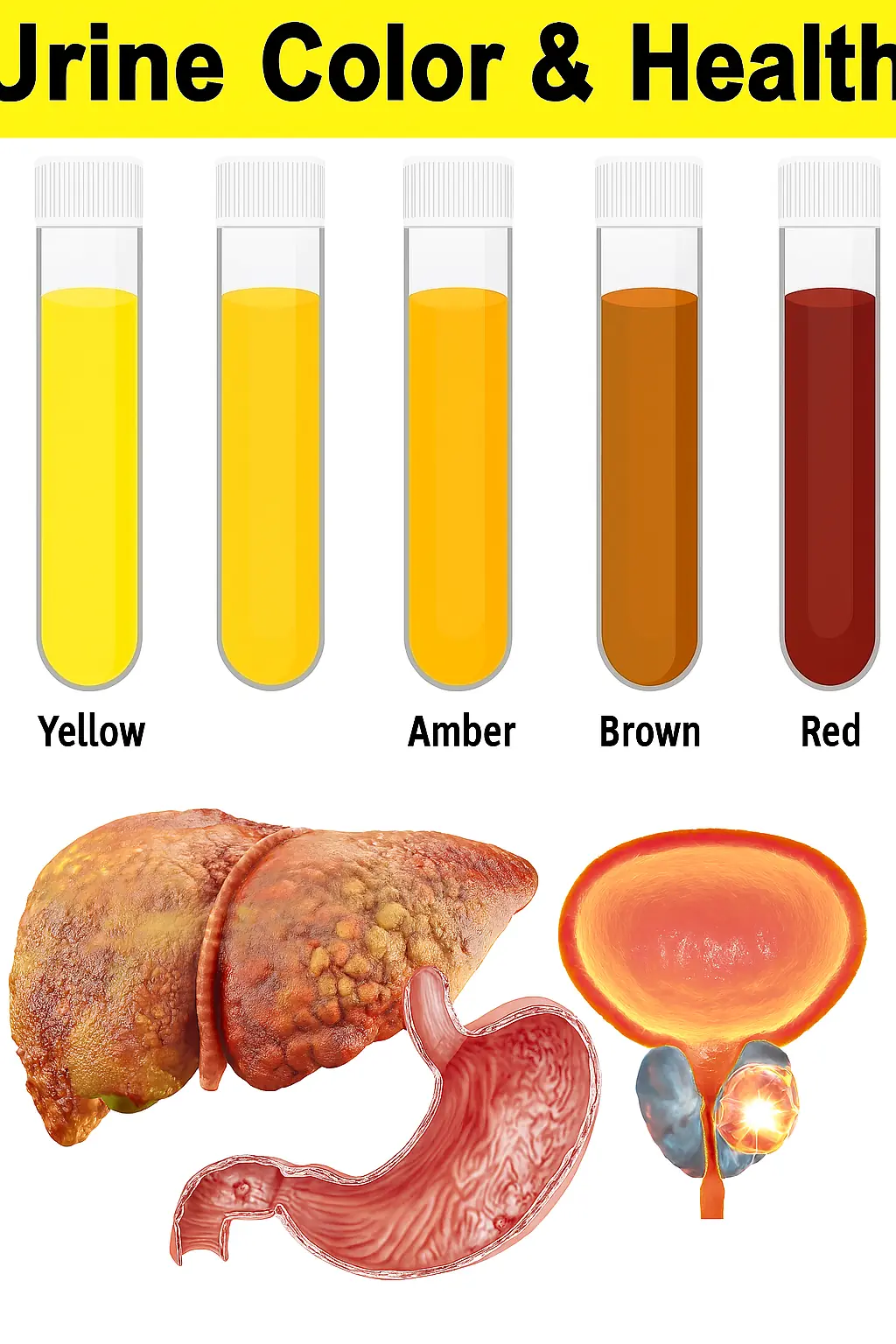
What Your Urine Color Really Says About Your Health (It’s More Interesting Than You Think)
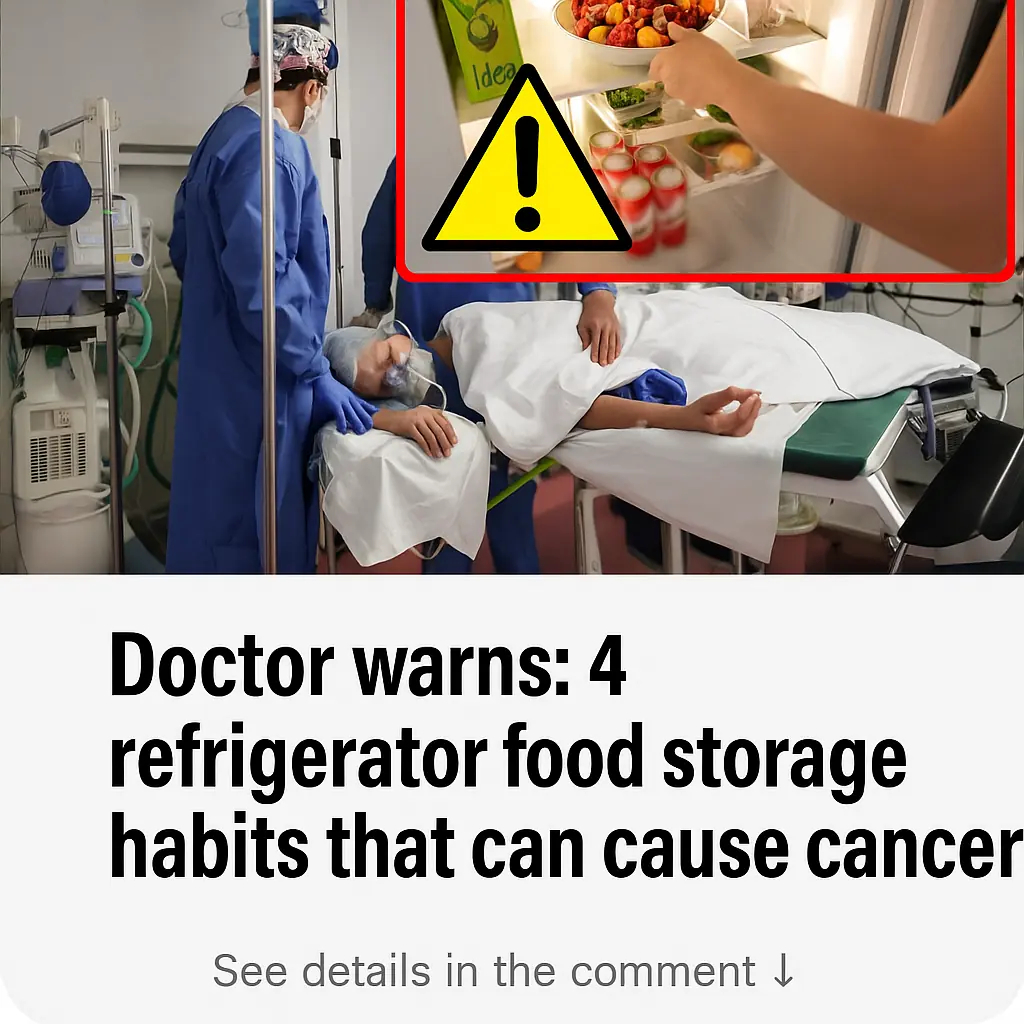
Doctor Warns: 4 Food Storage Habits in the Refrigerator That May Cause Cancer

Visible Veins in the Hands: Health Signs You Shouldn’t Ignore
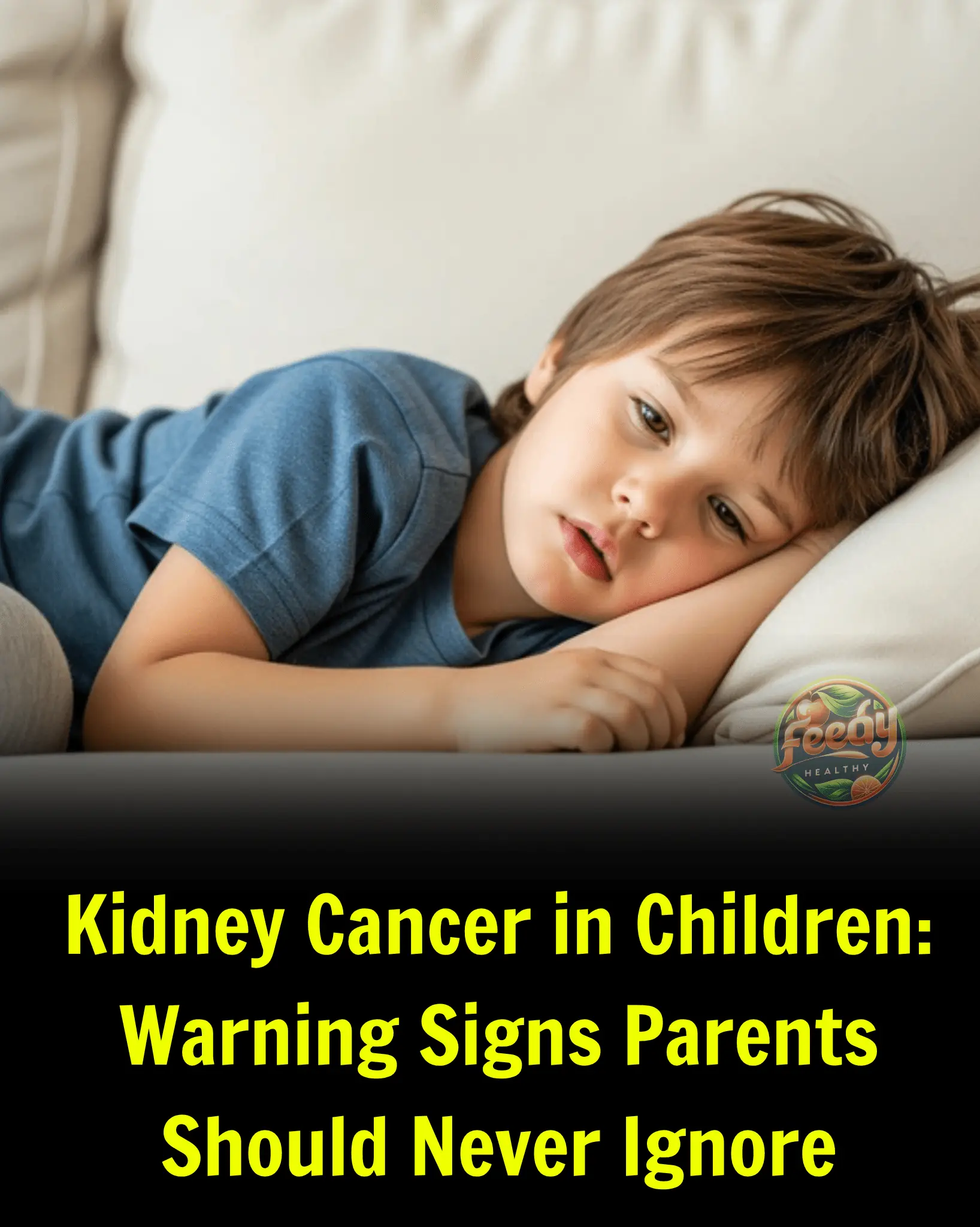
Kidney Cancer in Children: Warning Signs Parents Should Never Ignore
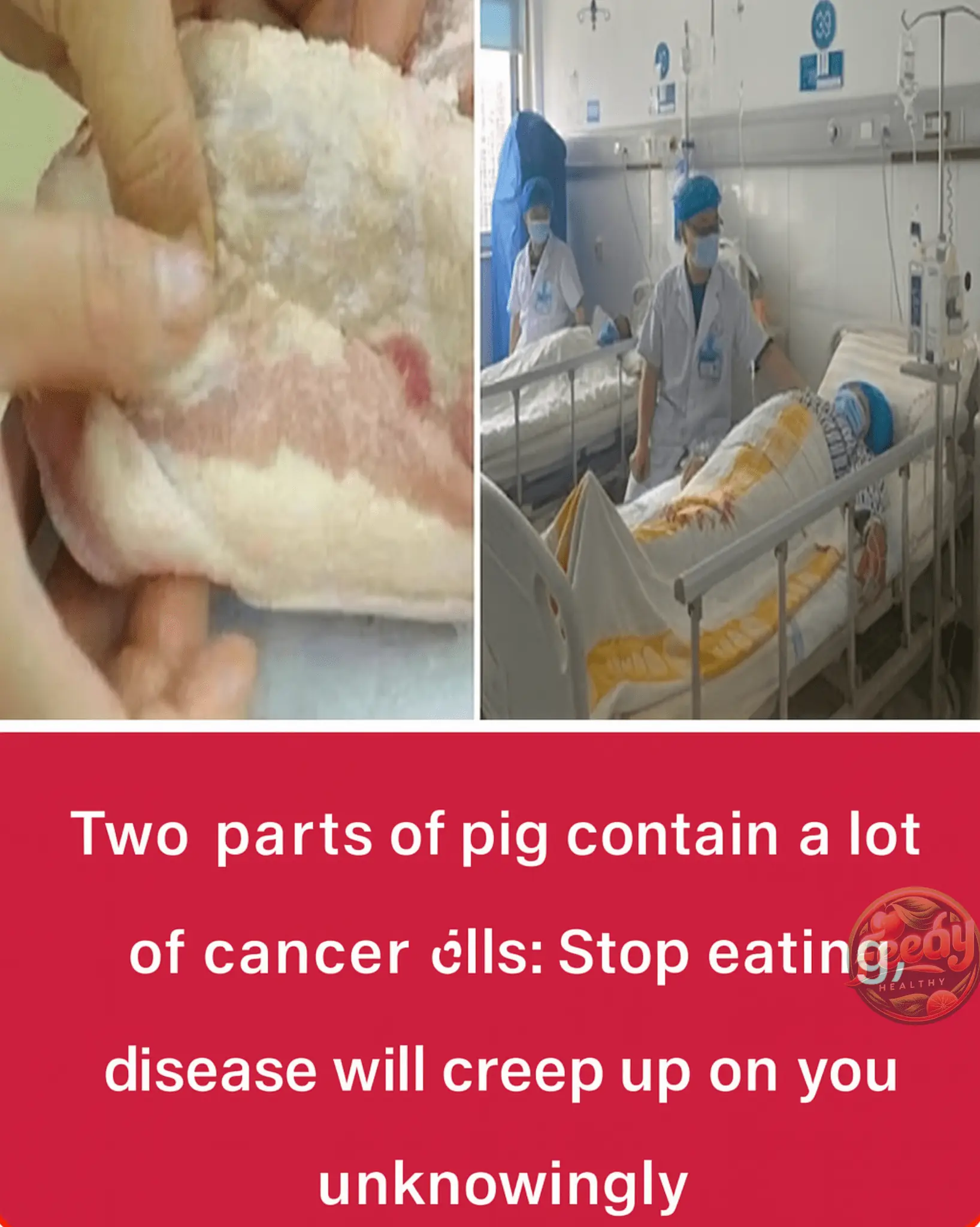
Two Pig Parts That May Contain Cancer Cells: Avoid Them to Protect Your Health
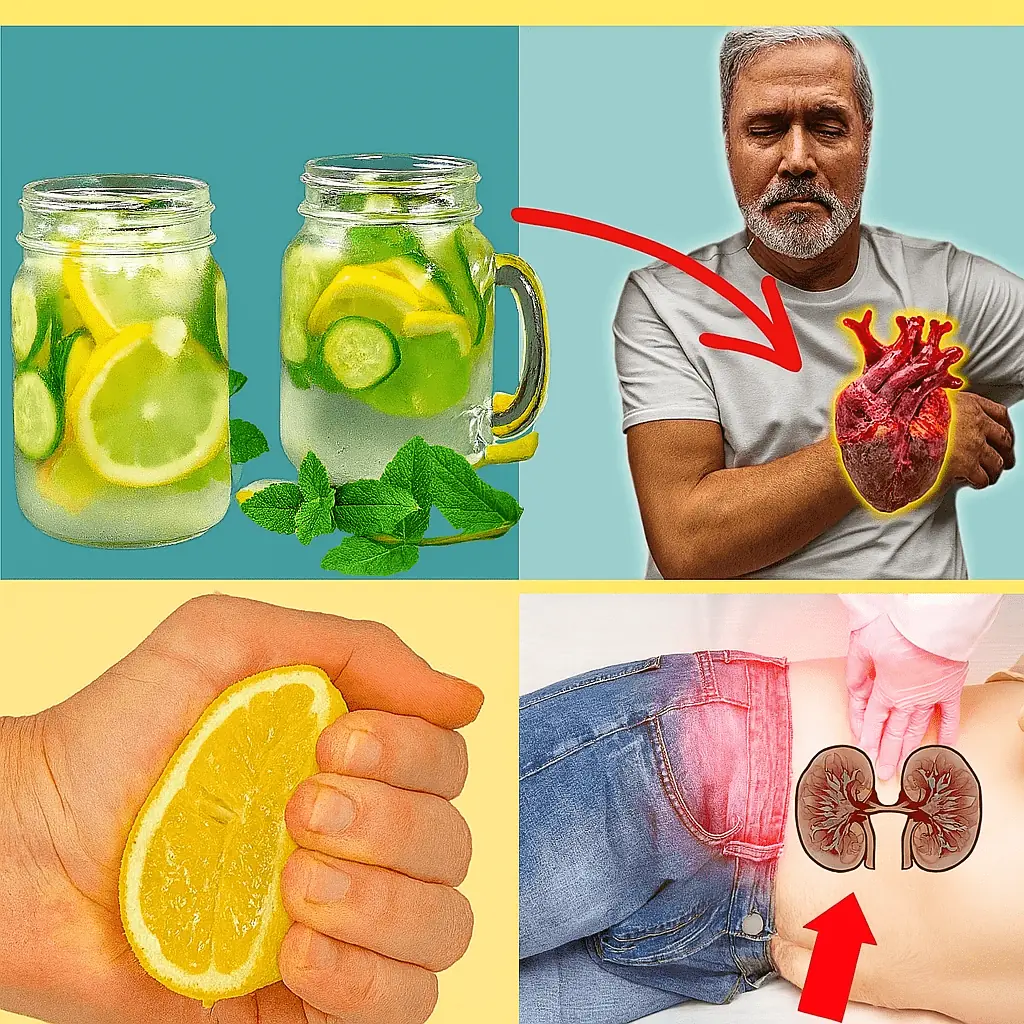
13 Fatal Mistakes When Using Lemon Water That You Need to Avoid
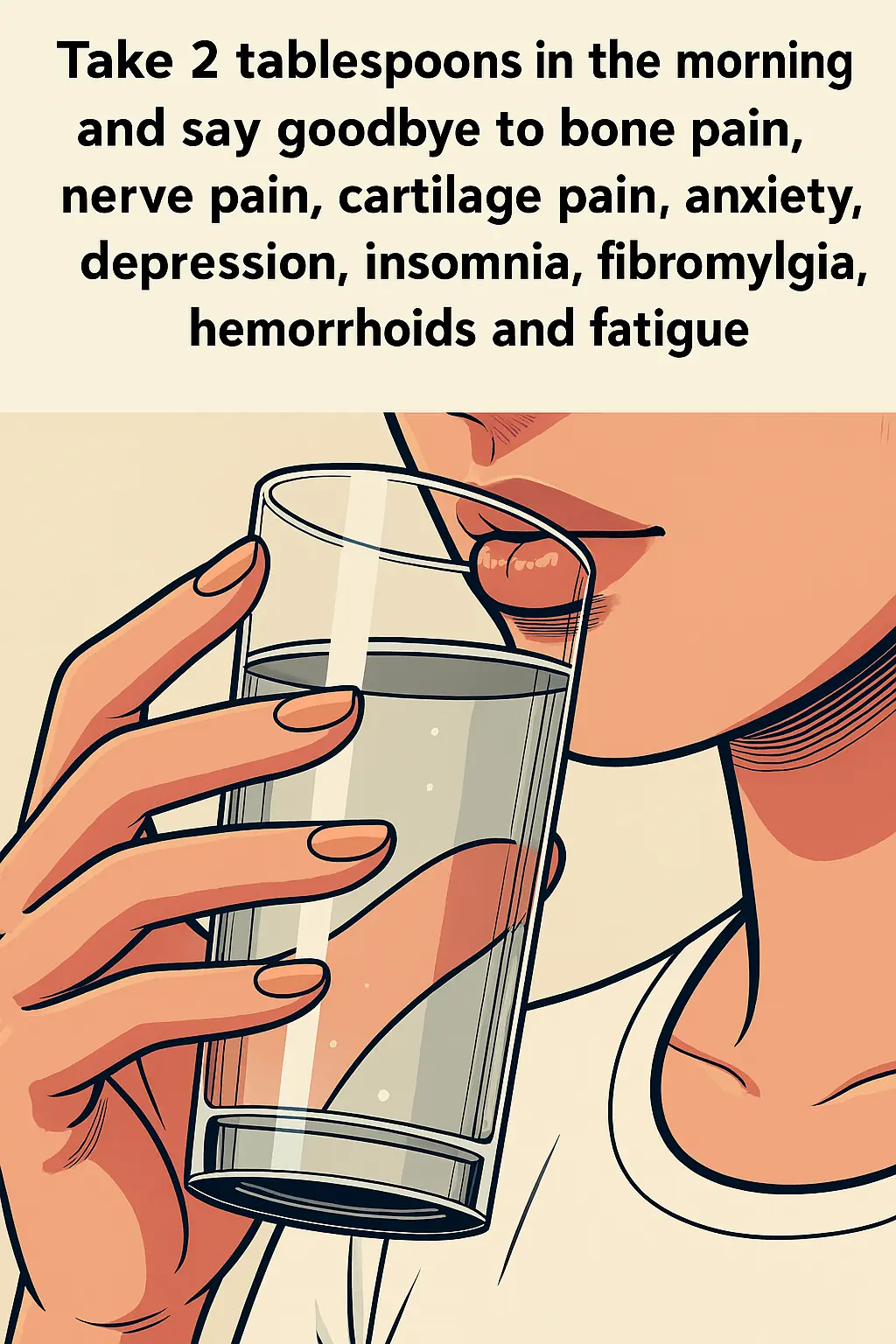
Two Spoons in the Morning: A Natural Remedy for Bone Pain, Diabetes, Nerve Health, and Depression
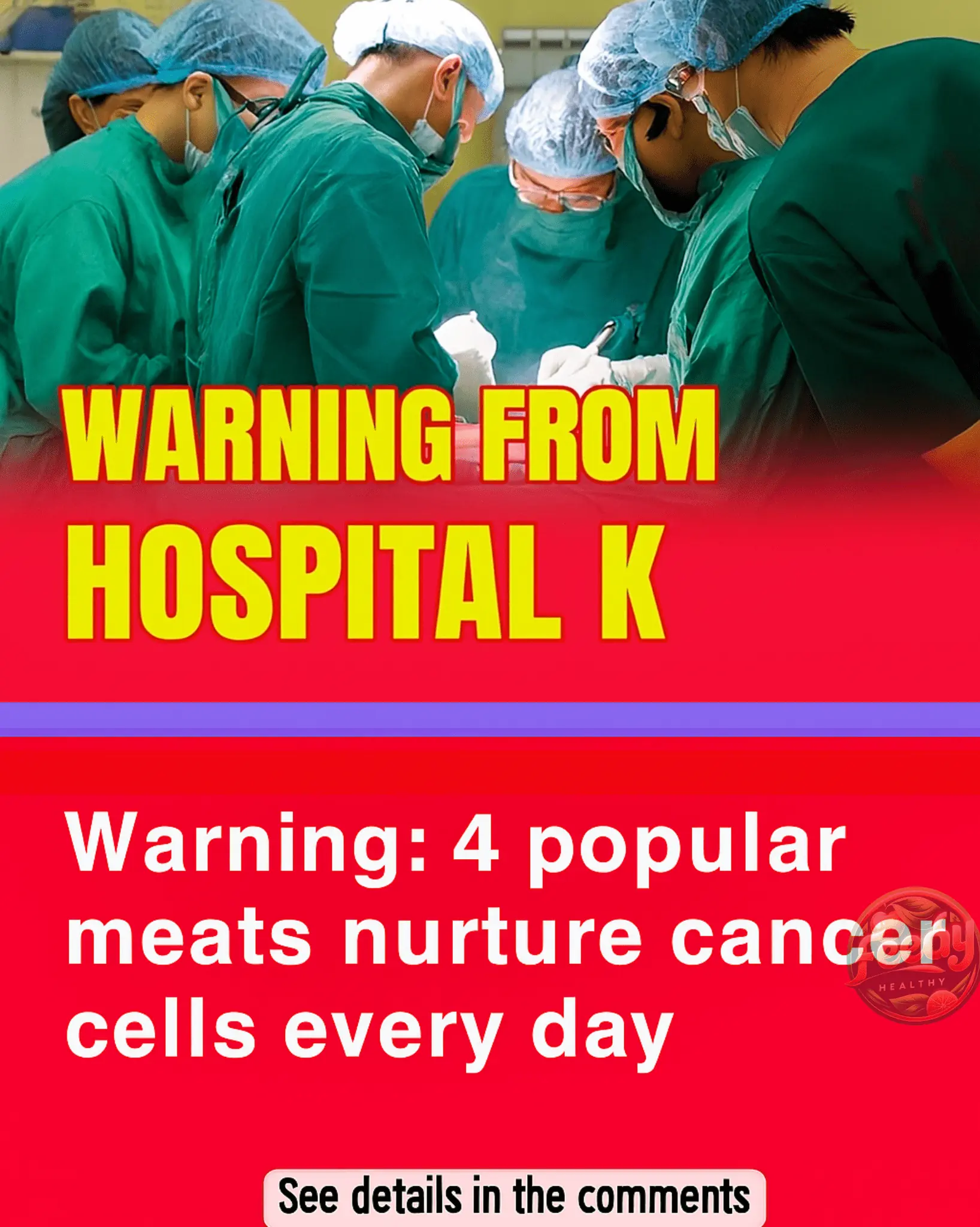
Warning from Hospital : Eating this type of meat daily may increase cancer risk – Don’t ignore it!
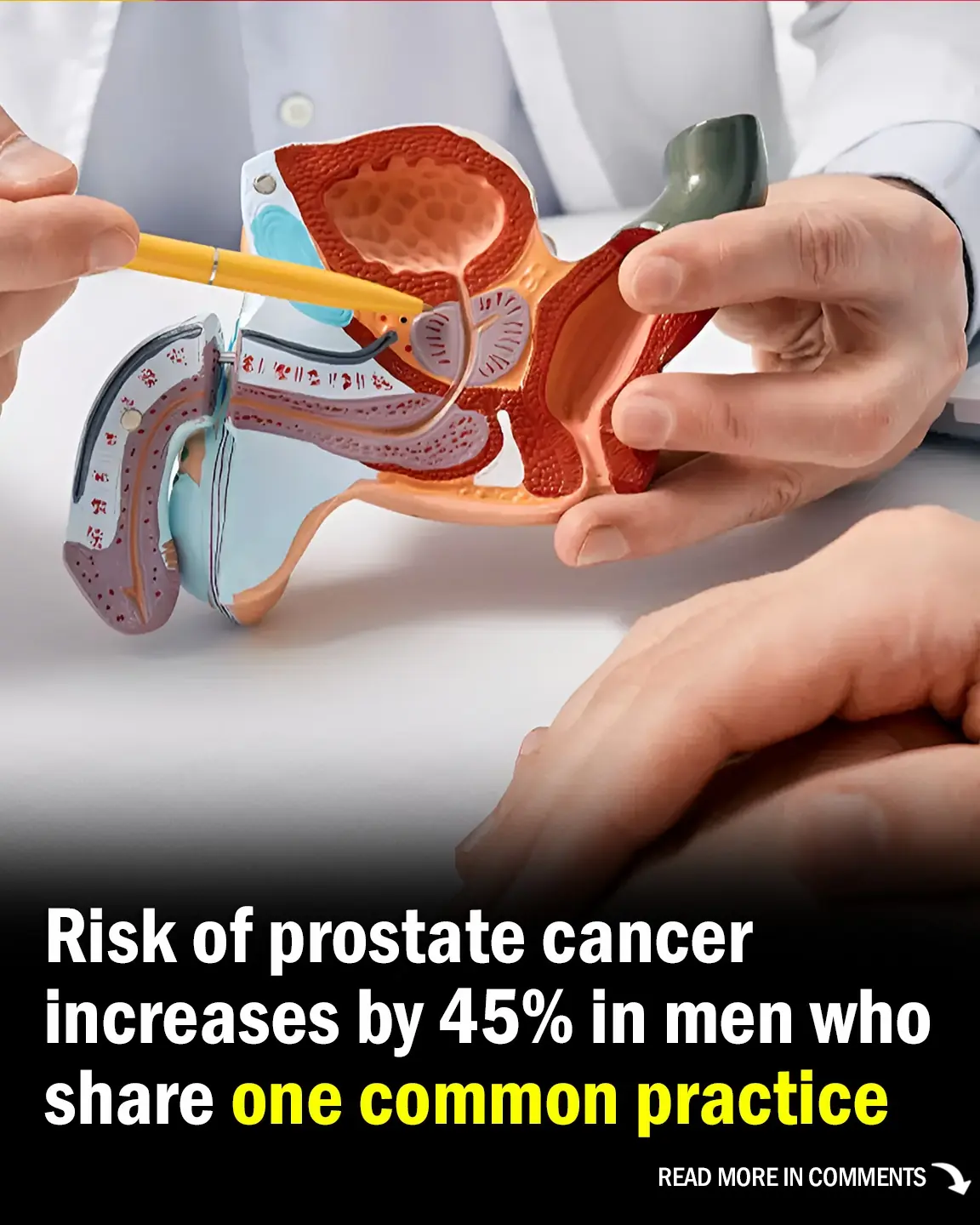
Men Who Neglect This Crucial Practice Face 45% Higher Risk of Prostate Cancer

3-Year-Old Boy Gets Super Glue in His Eye: Mother's “Golden 30 Seconds” Action Saves Him from Blindness
News Post

Emergency Warning Issued: “Do Not Eat” Dubai-Style Chocolate Bar Recalled

Health Benefits of Drinking Bay Leaf Tea on an Empty Stomach
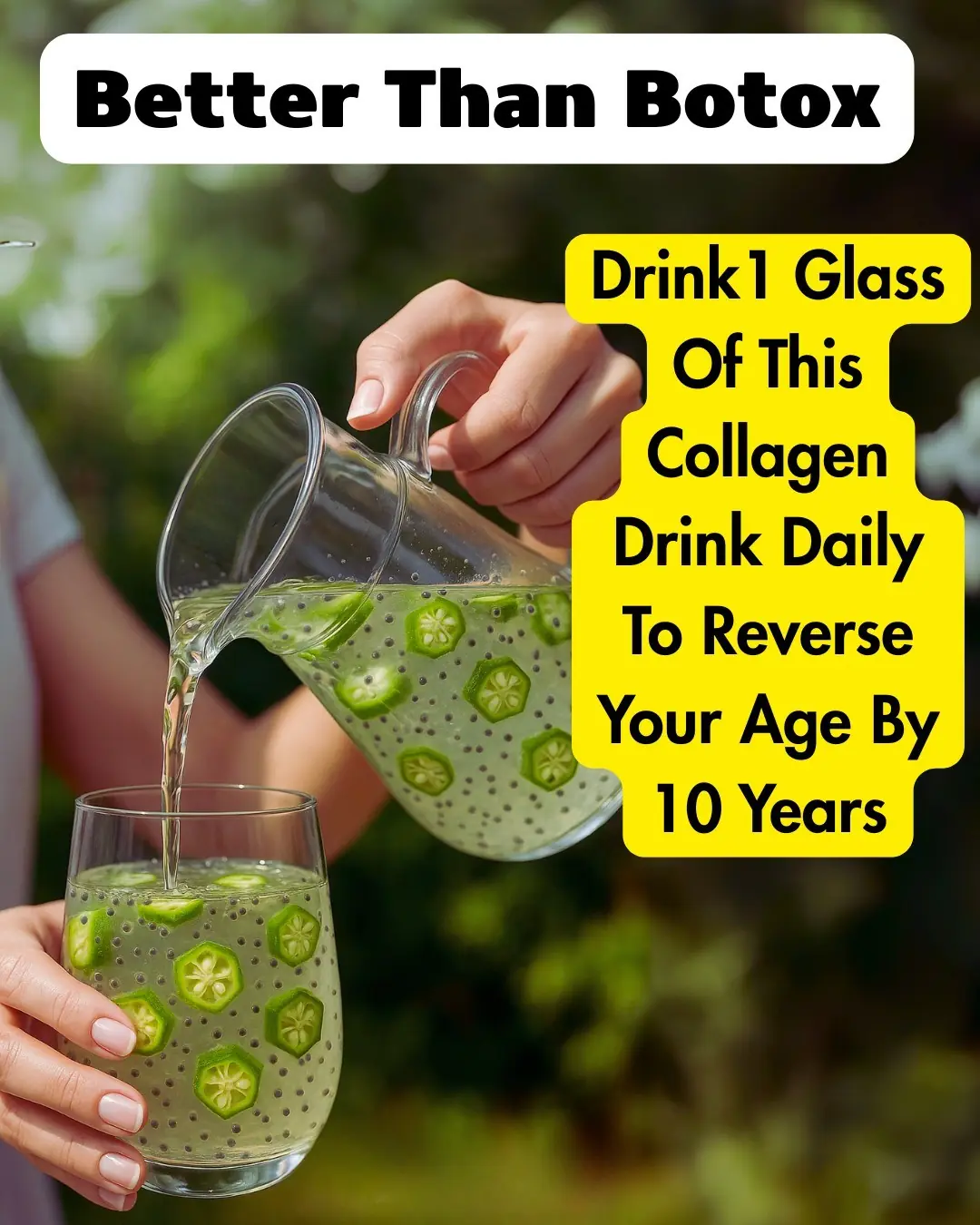
Okra Chia Detox Drink : Reverse Your Skin Age 1 Glass At A Time
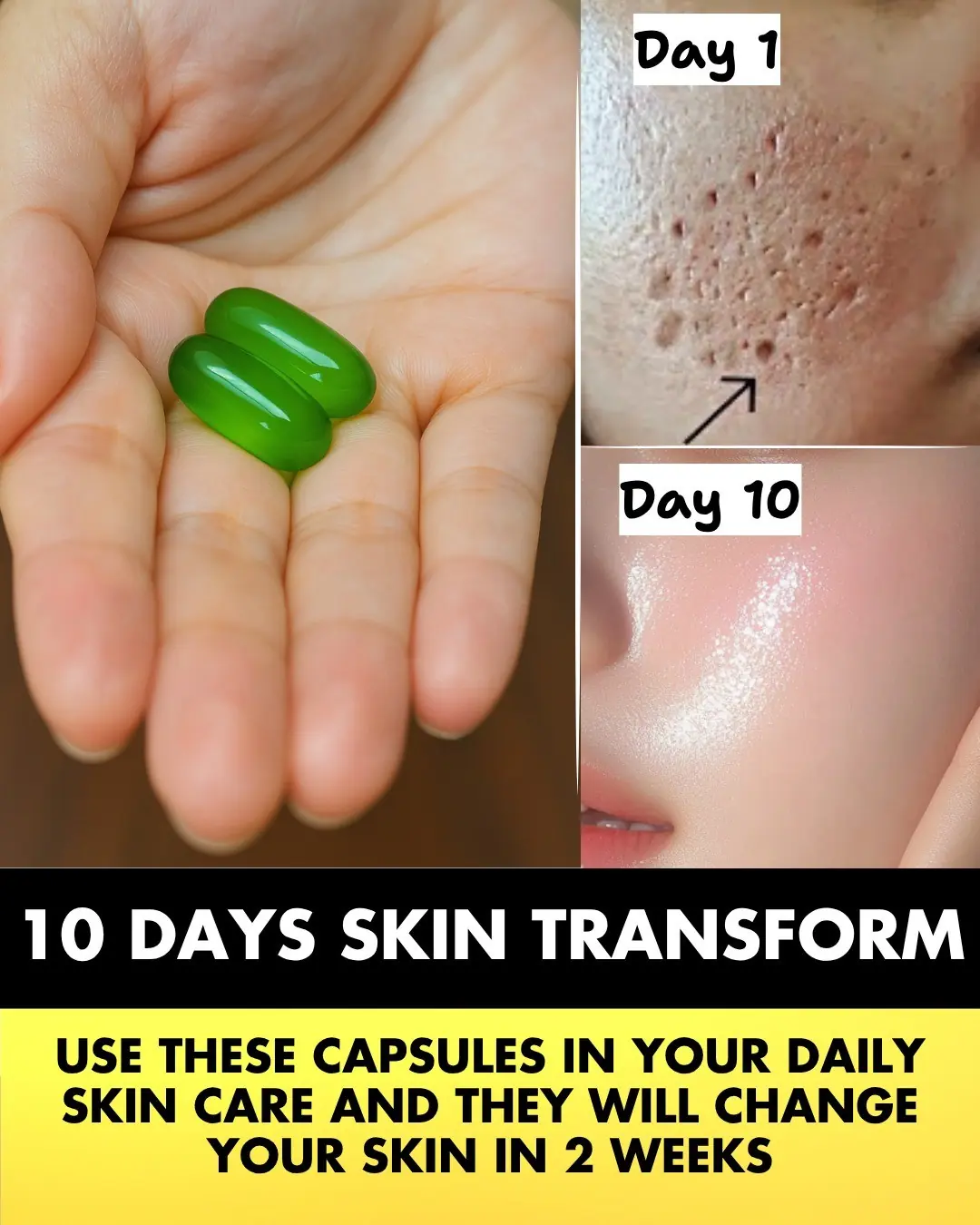
Amazing benefits of vitamin E for your skin

Clove Anti-Wrinkle Gel: Better Than Botox

Clove Water Spray: “Botox in a Bottle”

Cancer May Be Painless at First, But These 8 Toilet-Related Signs Mean You Should See a Doctor Early – Don’t Ignore Them

How Your Feet Are Warning You About Liver Problems: What You Need to Know

Vaseline & Coffee Erase Wrinkles Instantly! The 100-Year-Old Anti-Aging Secret You Need to Try!

8 "Friendly Enemies" of Diabetes – Snack Smart Without Spiking Blood Sugar!

CEO CAUGHT IN AFFAIR WITH EMPLOYEE DURING COLDPLAY CONCERT

Unveil Stunningly Dark Mehndi with This Kitchen Spice Secret

Top Foods to Avoid After 60 for Better Health

How to Make Honey Fermented Garlic – A Natural Immune Booster
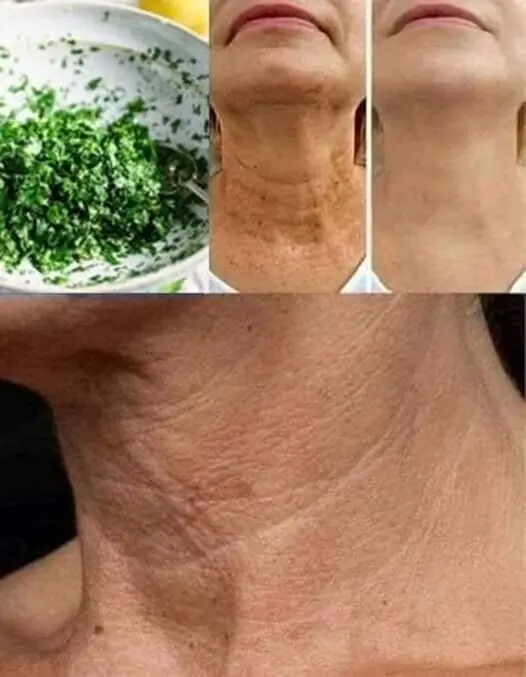
Homemade Parsley Mask for Aging Skin

Pour Beets into Boiling Milk! You Won’t Go to the Store Anymore – Only 3 Ingredients! 🥛
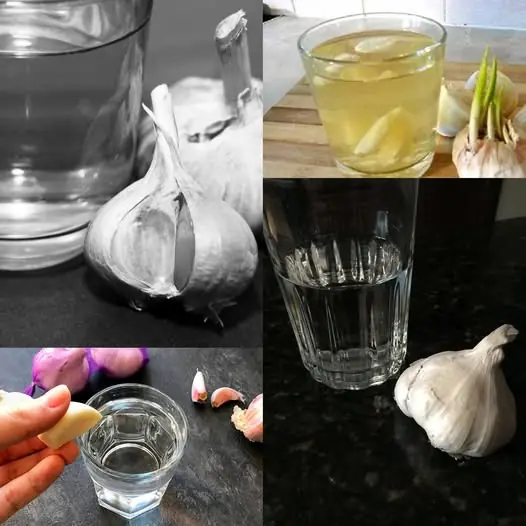
Drink a Glass of Garlic Water Every Day – See What Happens to You

Cucumber and Okra Water: 6 Amazing Benefits
